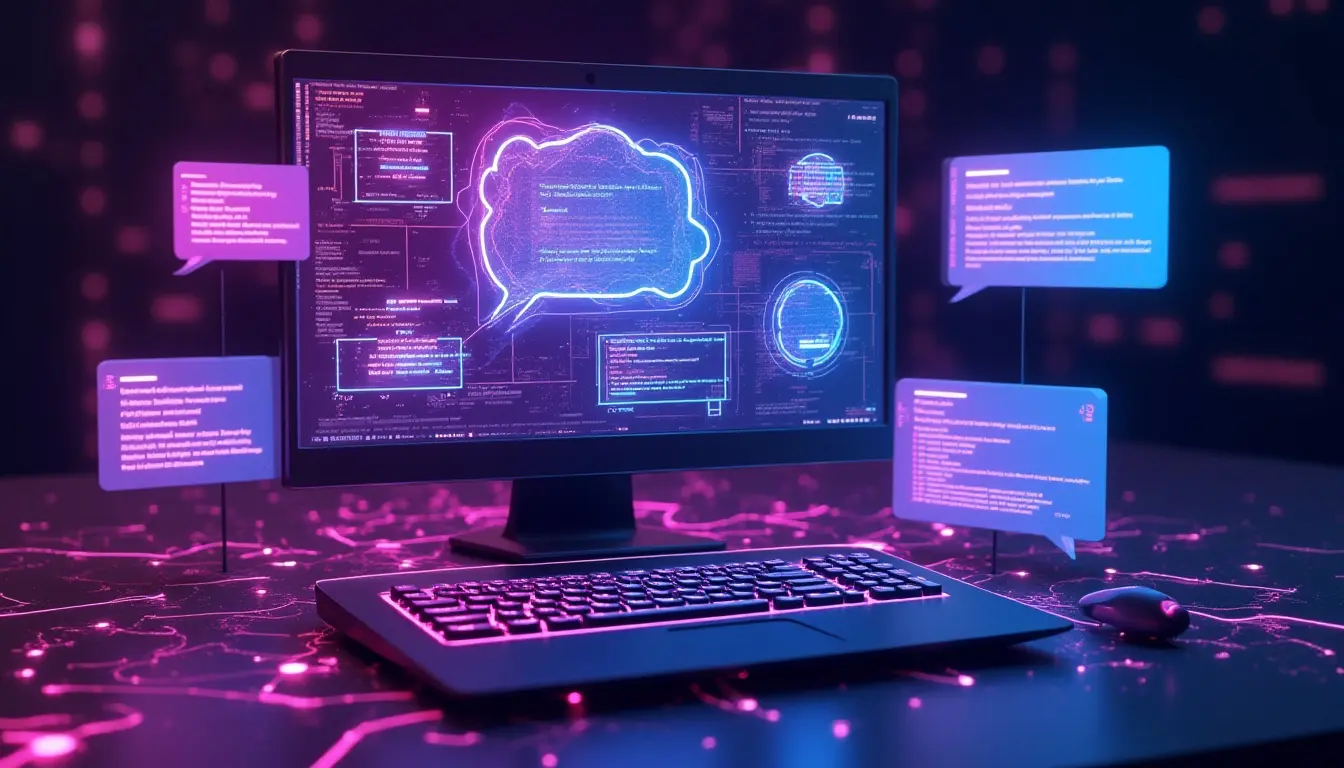Share
Table of contents:

ChatOps is a collaboration model that integrates communication and operational tasks within a chat platform, leveraging real-time chat as the interface for executing operations, deploying applications, and managing infrastructure. This approach combines the principles of operational efficiency, communication, and automation, enabling teams to collaborate and execute tasks more effectively.
Core Characteristics
- Integration of Tools and Chat Platforms:
ChatOps allows teams to use chat applications like Slack, Microsoft Teams, or Discord as the central hub for their operations. By integrating various tools and services into these platforms, users can perform tasks directly from the chat interface. For instance, commands can be issued to trigger deployment scripts, retrieve logs, or start diagnostic processes without leaving the chat environment.
- Real-Time Collaboration:
One of the primary benefits of ChatOps is the ability for teams to collaborate in real time. When a team member executes a command in the chat, all members can see the output, discuss the results, and provide immediate feedback. This fosters a more transparent and inclusive environment for problem-solving and decision-making.
- Automation of Routine Tasks:
ChatOps emphasizes automation, reducing manual interventions and repetitive tasks. By automating workflows, teams can enhance productivity and minimize the potential for human error. For example, using chatbots, teams can automate tasks like code deployments, incident responses, and monitoring alerts.
- Command-Driven Interactions:
ChatOps employs command-driven interactions where users issue commands within the chat interface. These commands can be tailored to trigger various operations, such as querying a database, restarting a service, or initiating a build process. The responses to these commands appear in the chat, allowing for easy visibility and tracking.
- Visibility and Audit Trails:
Since all interactions occur within the chat platform, ChatOps provides an inherent audit trail of actions taken by team members. This visibility helps in understanding the context of operations and can be useful for post-mortem analyses and compliance requirements. The chat history serves as a record of decisions and actions that can be revisited later.
- Collaboration Between Dev and Ops:
ChatOps bridges the gap between development and operations (DevOps) by allowing both teams to engage in the same conversation. This collaborative approach facilitates better communication, reduces friction, and enhances overall operational efficiency.
Functions and usage scenarios
- Streamlining Communication:
In traditional IT operations, communication often occurs through disparate channels (e.g., emails, tickets, phone calls), which can lead to delays and misunderstandings. ChatOps streamlines this communication by consolidating it into a single platform, allowing teams to quickly share information and coordinate their efforts.
- Facilitating Incident Management:
During incidents or outages, ChatOps enables teams to respond quickly. Team members can discuss the issue in real time, execute troubleshooting commands, and escalate issues as needed. This collaborative incident response can significantly reduce resolution times.
- Continuous Integration and Deployment (CI/CD):
ChatOps supports CI/CD practices by allowing developers to trigger builds, deployments, and tests directly from the chat interface. This integration fosters a more agile development process, enabling faster iterations and releases.
- Improving Onboarding and Knowledge Sharing:
New team members can quickly become productive by observing and participating in ChatOps interactions. They can learn from existing conversations and see how operations are performed in real time. This promotes knowledge sharing and helps onboard new employees more effectively.
- Enhancing Documentation:
The conversation history in ChatOps can serve as a form of documentation. Rather than relying solely on static documentation, teams can refer to chat logs to understand the context of decisions and actions taken in previous scenarios. This dynamic record-keeping helps keep information current and relevant.
Tools and Technologies
Several tools and platforms facilitate the implementation of ChatOps, including:
- Chat Platforms: Services like Slack, Microsoft Teams, and Discord act as the central hubs for ChatOps interactions, integrating with various operational tools.
- Chatbots and Scripts: Custom scripts and bots can be developed to respond to commands and automate tasks. Popular frameworks for building chatbots include Hubot, Lita, and Botpress.
- Integration Tools: Tools such as Zapier or IFTTT can connect chat platforms with other applications, allowing for seamless automation and data exchange.
In conclusion, ChatOps is a powerful approach to enhancing collaboration and operational efficiency within teams by integrating chat platforms with operational tasks. By centralizing communication, automating routine processes, and fostering a culture of transparency and collaboration, organizations can improve their responsiveness and adaptability in a fast-paced technological landscape. As businesses increasingly rely on distributed teams and cloud-based infrastructure, adopting ChatOps can significantly enhance productivity, streamline workflows, and promote a culture of continuous improvement.











